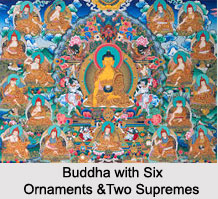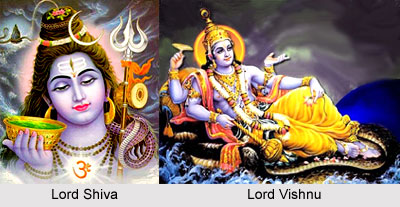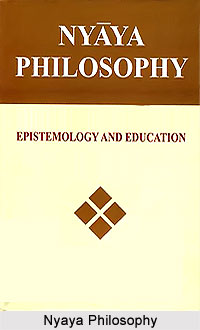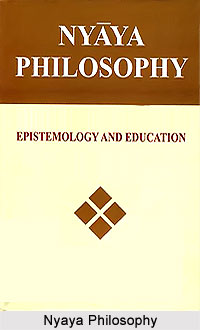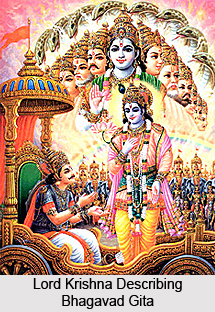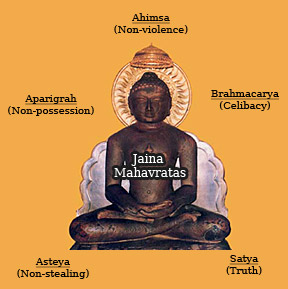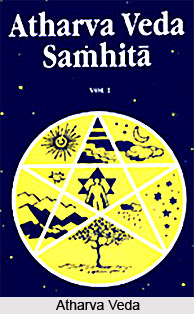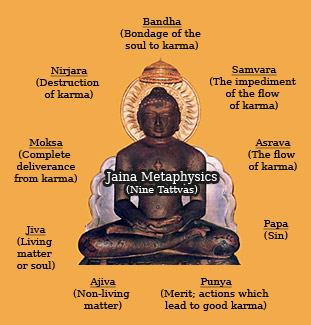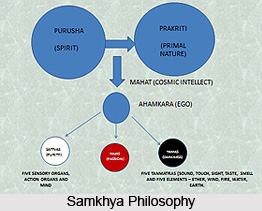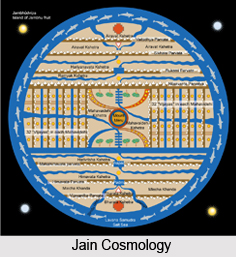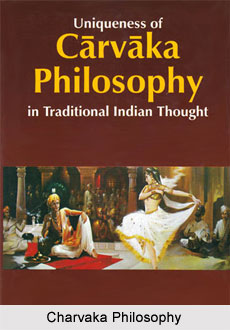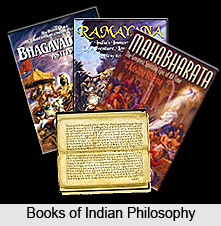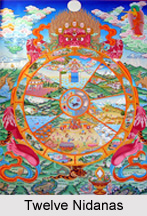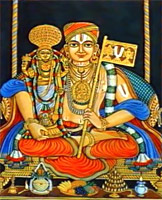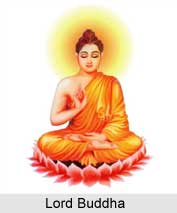 Kasina, in Buddhism are a way to perform ascetic rites. There are ten different kinds of Kasina or rites. They are `pathavi kasina or the earth, `apo kasina` or the water, `vayu kasina` or the wind, `tejo kasina` or the fire, `nila kasina` or the blue, `pita kasina` or the yellow, `lohita kasina` or the red, `odata kasina` or the white, `akasa kasina` or the enclosed space, hole, aperture and last is the `aloka kasina` which means bright light.
Kasina, in Buddhism are a way to perform ascetic rites. There are ten different kinds of Kasina or rites. They are `pathavi kasina or the earth, `apo kasina` or the water, `vayu kasina` or the wind, `tejo kasina` or the fire, `nila kasina` or the blue, `pita kasina` or the yellow, `lohita kasina` or the red, `odata kasina` or the white, `akasa kasina` or the enclosed space, hole, aperture and last is the `aloka kasina` which means bright light.
The kasina are usually illustrated as a colored disk, with the particular color, properties, dimensions and medium. Thus Kasina meditation is instrumental in calming down the mind. In the early stages of kasina meditation, a physical object is used as the object of meditation, being focused upon by the practitioner until an imaginary figure of the object is formed in the practitioners mind. Later in the higher levels of kasina meditation, only a mental image of the kasina is used as an object of meditation.
The ten kasina used for meditation are part of the forty kammatthana, that are the objects of meditation.
There are various ceremonies prescribed for the performance of these different kinds of Kasina, and from its practice in any one of its forms, a Buddhist priest expects to derive many advantages.
This article is a stub. You can enrich by adding more information to it. Send your Write Up to content@indianetzone.com



